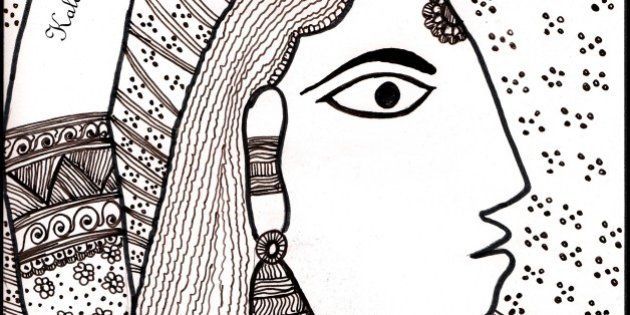
In order to beautify and modernize the National Crafts Museum in Delhi, the renovators have completely whitewashed a painted chamber, once frescoed with ceiling-to-floor Madhubani murals.
The Kohbar Ghar room also called the bridal nuptial chamber in the museum was painted by the renowned Madhubani artist, Ganga Devi, in the 1980s. She completed this work even as she bore chemotherapy, before succumbing to cancer in 1991,reports Times Of India.
And now, her paintings in the wall of the museum are lost forever.
However, the Textile Ministry does not think it a 'serious' matter.
An assistant director in the Textiles ministry told The Telegraph that the paintings had peeled off in parts and needed to be painted over.
"We will ask her (Ganga Devi's) relative Shanti Devi, who has painted here earlier, to do another painting. Yeh utna serious damage nahi hai, the damage isn't very serious. No valuable items have been destroyed," the official reportedly said.
Jyotindra Jain, who was then director of the Crafts Museum and saw the artist at work, told Times Of India he was shocked by the destruction. "Ganga Devi gave new direction to Madhubani painting. She was a legend and her contribution was recognized with a Padma Shri. The chamber was a unique monument in the history of contemporary folk and tribal arts of India."
"I remember how - between her chemotherapy - Ganga Devi used to weep due to the painful treatment and had painted the chamber to occupy herself with something which she found creatively engaging... I feel so numbed and devastated, to say the least," Jain posted on Facebook.



Contact HuffPost India